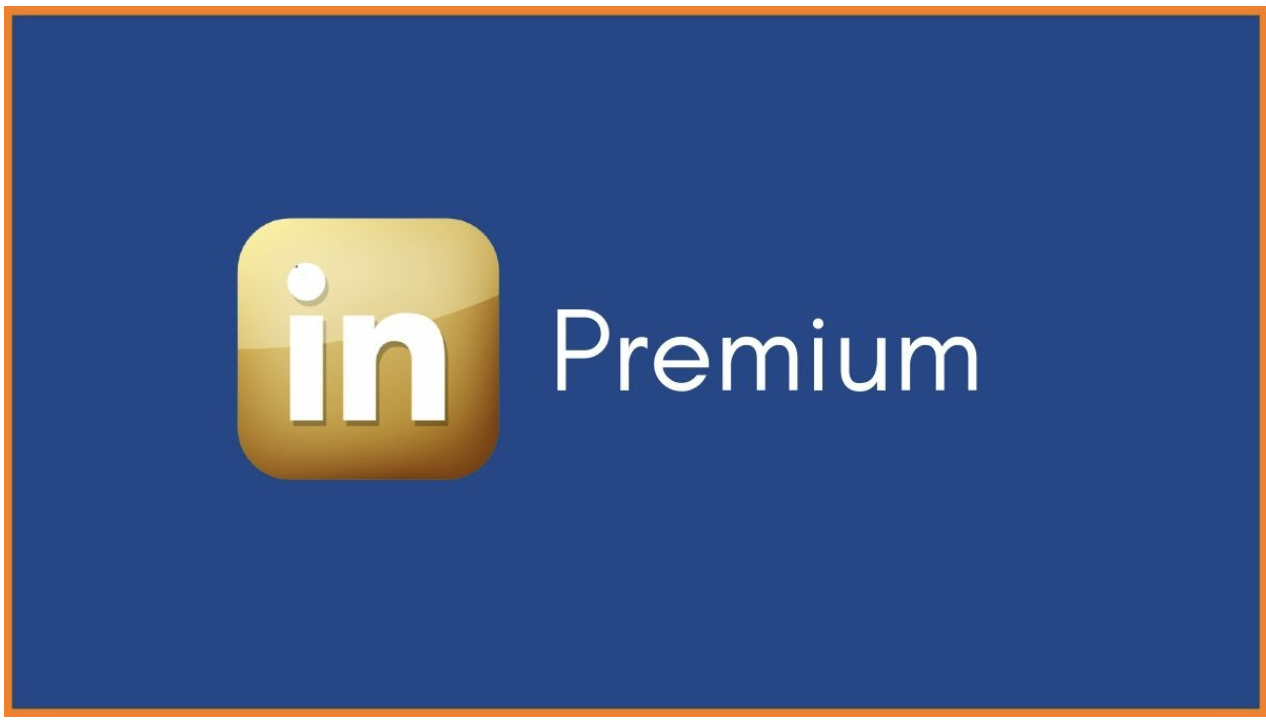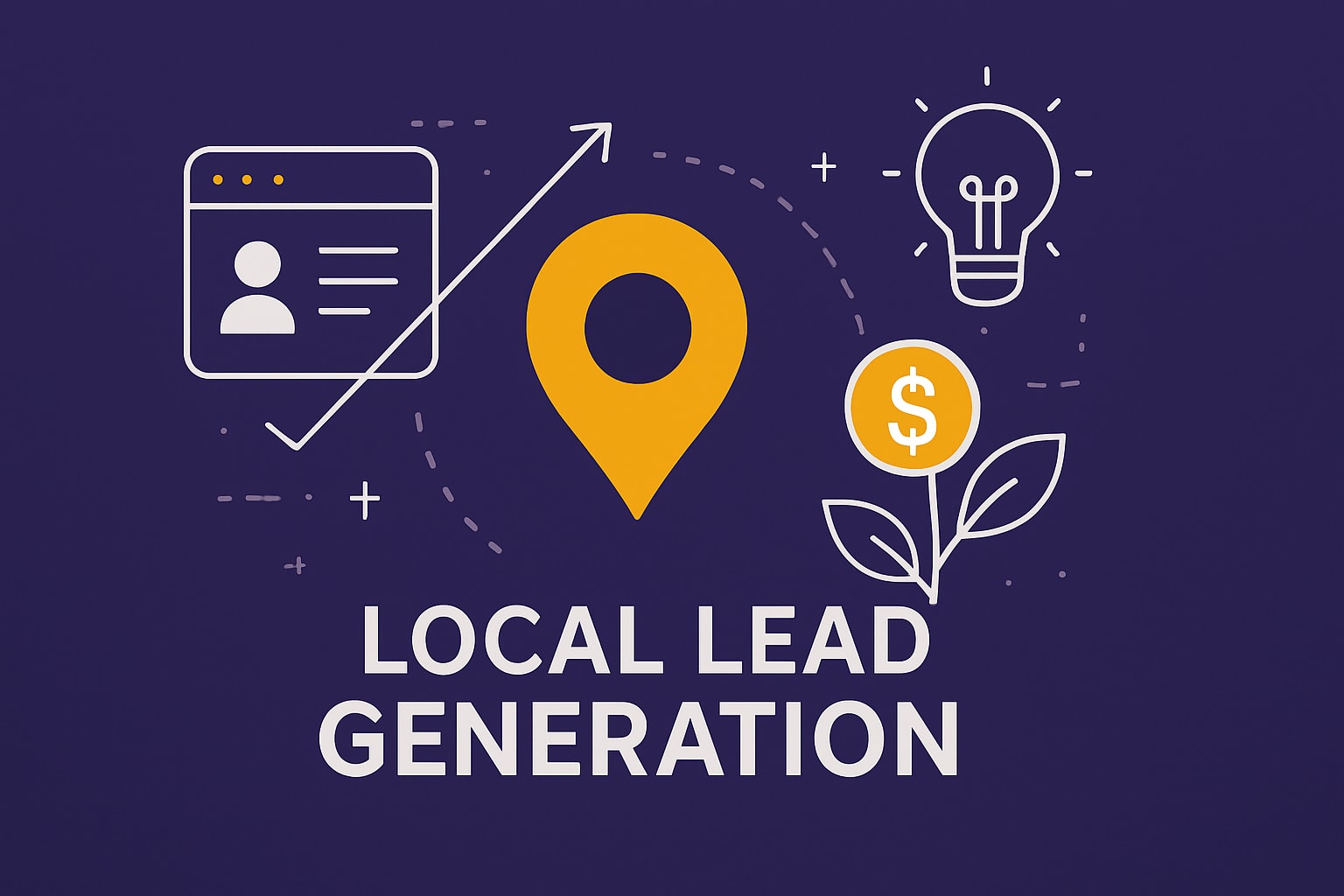"Follow us!" "Come to this event!" "Download this!" Let's face it - we are in the business of constant persuasion. And, because of that, many companies believe they need to provide their audiences with rational reasons to do things, such as their technical superiority or business benefits.
So far so good, right?
People do not always go with ‘the best option', do not take the time to weigh up all the pros and cons, or often simply choose to do nothing at all (although it is quite obvious that they should be). The fact is, both in personal and business decisions, people do not always act in a way that is strictly rational or even beneficial to them. This is because human actions are largely driven by emotion. We tend to say one thing and do another.
In business, we are all under pressure for accountability, dependent on data to tell us WHAT works. But we also need something that helps us understand WHY customers are behaving the way they do. This is where behavioural economics comes in. In essence, behavioural economics applies the human factor while taking traditional economic findings into consideration. Its key focus is to understand the impact of emotions within the process of decision-making and choices.
Behavioural economics contributes in making irrationality more predictable and helps shape consumer behaviour. Although companies and even marketers often successfully yet unknowingly apply techniques from behavioural economics, understanding exactly how small changes to the details of an offer can influence the way people react is crucial to unlocking even more significant value, which can often be done at very low cost.
We listed 5 insights that you should be taking into consideration when creating a marketing strategy for your company:
1.Other people's behaviour matters:
people do many things by observing others and copying. People are encouraged to continue to do things when they feel other people approve of their behaviour.
2. Habits are important:
people do many things without consciously thinking about them. These habits are hard to change. Even though people might want to change their behaviour, it's not easy for them.
3. The concept of loss aversion
With roots in cognitive psychology and behavioral economics, loss aversion refers to an individual’s tendency to avoid losses over equivalent gains. For example, if someone were to be presented with a scenario where they would lose $200 or gain $200, it is more likely that they would take action in response to the threat of loss. This is interesting because salespeople, particularly those who are less experienced, tend to focus more on a prospect’s opportunity for gain.
You need to leverage the concept of loss aversion while challenging the prospect’s status quo. Basically, you want to help your prospect recognize any current threats to their business or life.
4. The status quo bias
“Maintaining the status quo is a gift to your competitors.” — Shawn Karol Sandy,
Change is generally perceived as risky, so unless your prospect has a compelling reason to act and purchase something new, they will likely stick to the comfort of the status quo. As a salesperson, your goal is to help them see that their current path isn’t as safe as they perceive. You need to help them acknowledge the cost of inaction.
5. Early engagement
, You’ll want to initially focus on selling a prospect the value of solving a problem, not the value of what you’re personally selling. Since the B2B sales process is rather complicated, if you wait to target a prospect after they have already developed a well-defined project, you already missed the boat. You want to be an early influence on potential buyers. Strive to align yourself with buyers early in the decision-making lifecycle so that you can guide them towards their final solution.
Next time you are planning next quarter's activities or writing a brief, try to consider how point 1 could influence a social media strategy, or how point 3 could support free trials instead of discounts. Keeping point 2 in mind, we should constantly remind ourselves that it is crucial to deliver clear strategies that will have a genuine impact on the greatest change in customers' buying behaviour.









